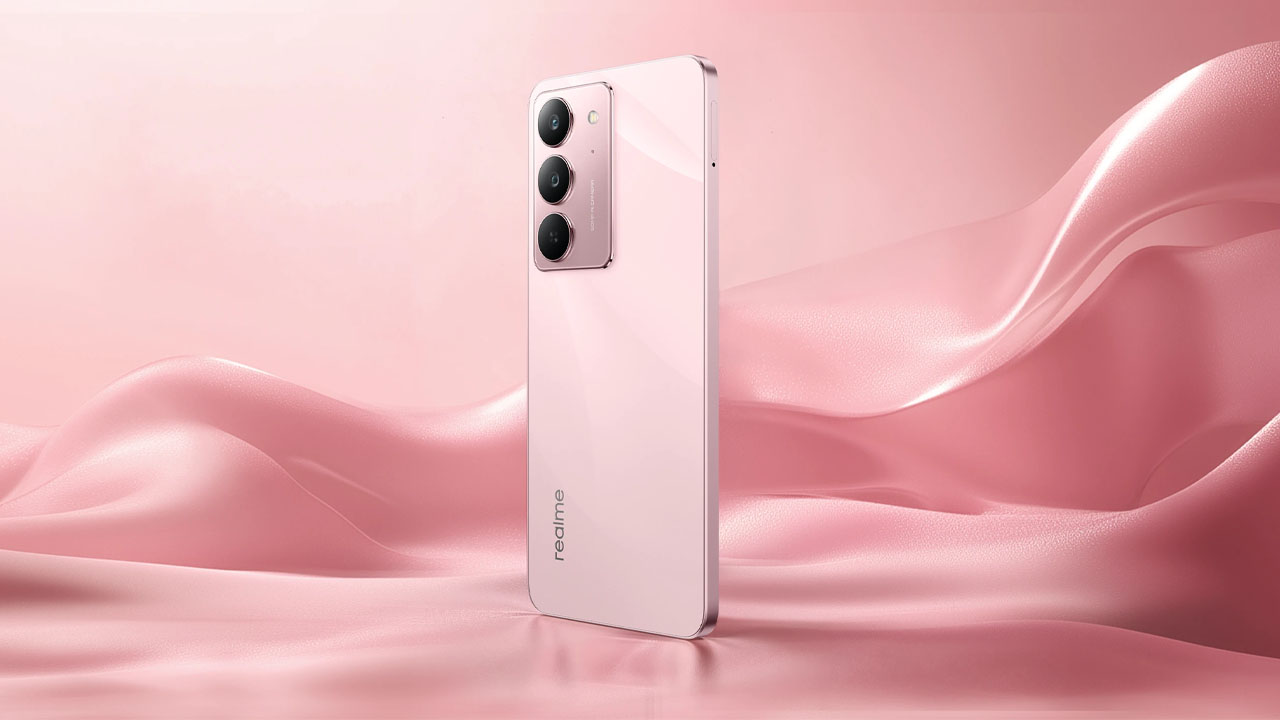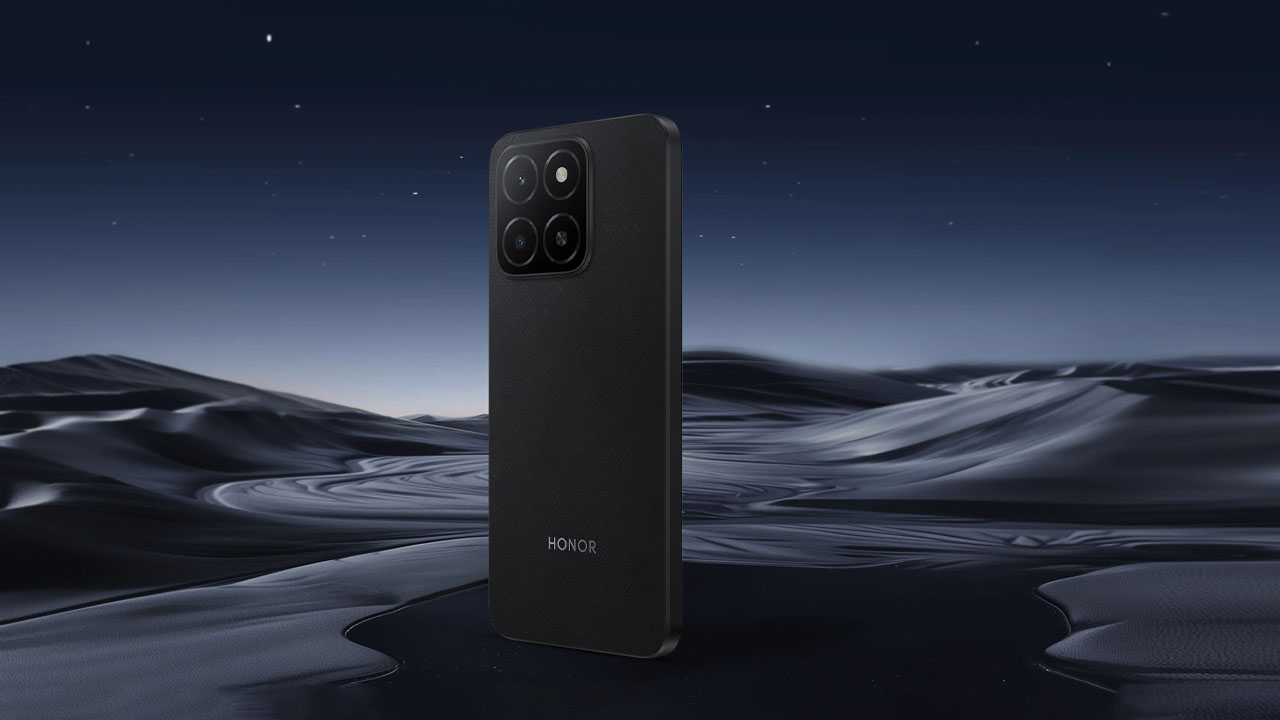
Positioned as a “lifestyle pickup truck”, the Shark 6 is out to break the usual stereotypes associated with pickup trucks.
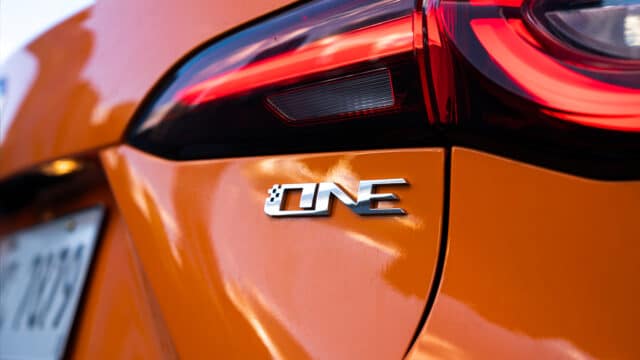
The 2024 MG One brings a tech-forward experience to the compact SUV segment

Given its target market, power users, gamers, and tech enthusiasts, the iQOO 13 strikes a great balance.
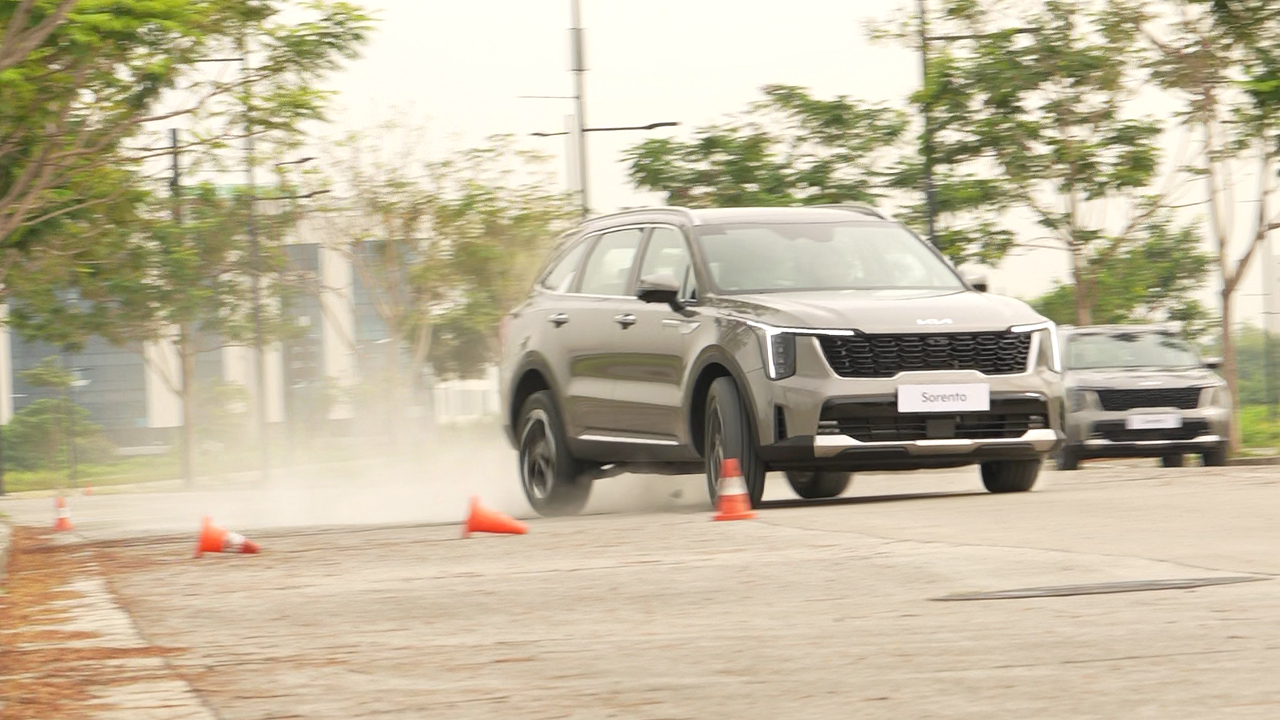
For this year’s lineup, all of the Sorento’s variants will be electrified with three models to choose from.
Xiaomi has launched the Smart Band 9 in the Philippines!
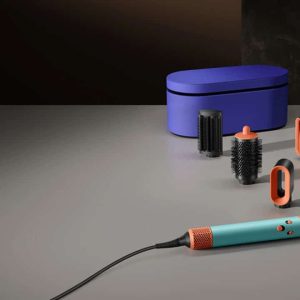
It's been a long time coming but Dyson finally unveils its first true smart, connected styling tool -- the Dyson i.d.

For its 90th anniversary, Fujifilm offers something special for its instant camera fans, an instax Mini Evo 90th Anniversary Bundle

From a more ergonomic design and double the battery life to enhanced cooling and expanded storage options, the Ally X is once again setting new standards to the fresh space of handheld gaming.

Cuter and even easier to use, here's a quick guide and walk-through of the new instax Wide 400.
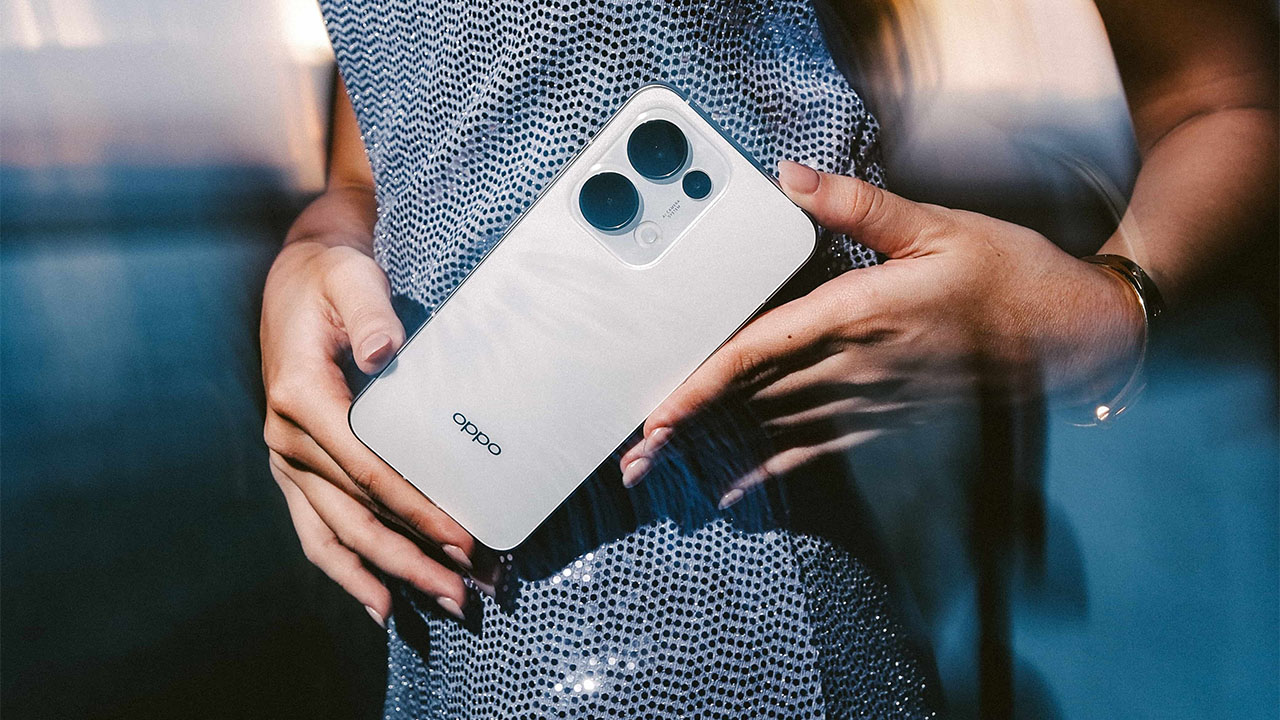
With its official launch just around the corner, interested buyers can now secure their OPPO Reno13 units through authorized OPPO...
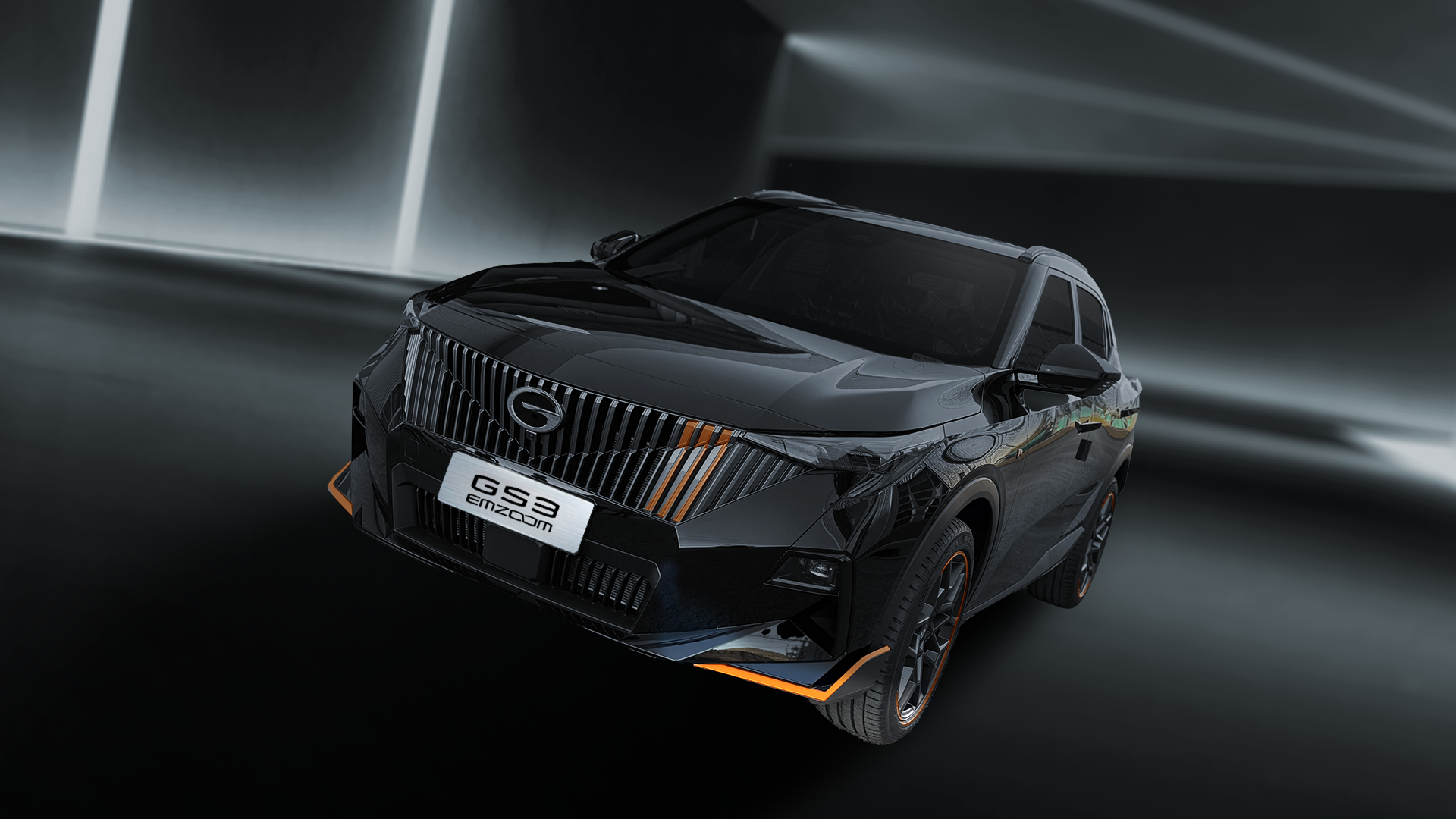
The GAC GS3 Emzoom R-Style Black Edition is now available in the Philippines, with a limited-time promotional discount of up...

MSI is offering exclusive discounts of up to 17% off on select laptops, along with freebies like up to Php...
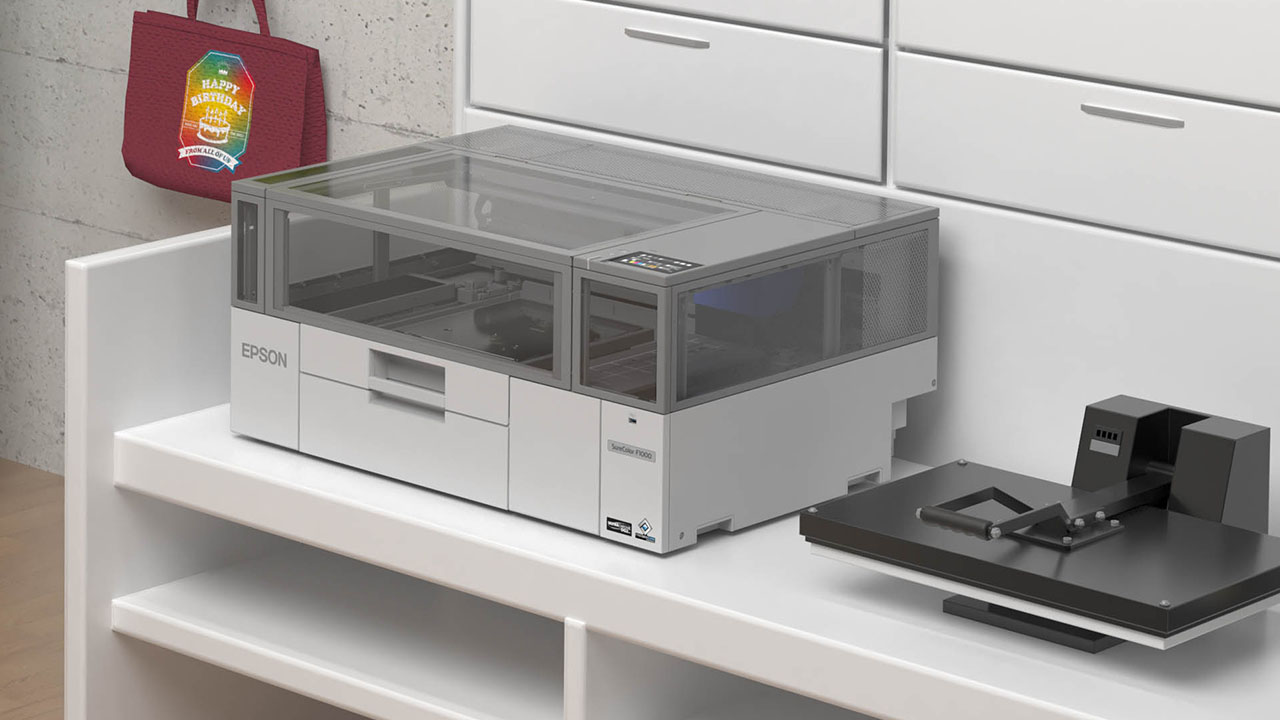
Epson intros store-ready tje Epson SureColor SC-F1030 Direct-to-Garment and SureColor SC-V1030 A4 desktop UV printers
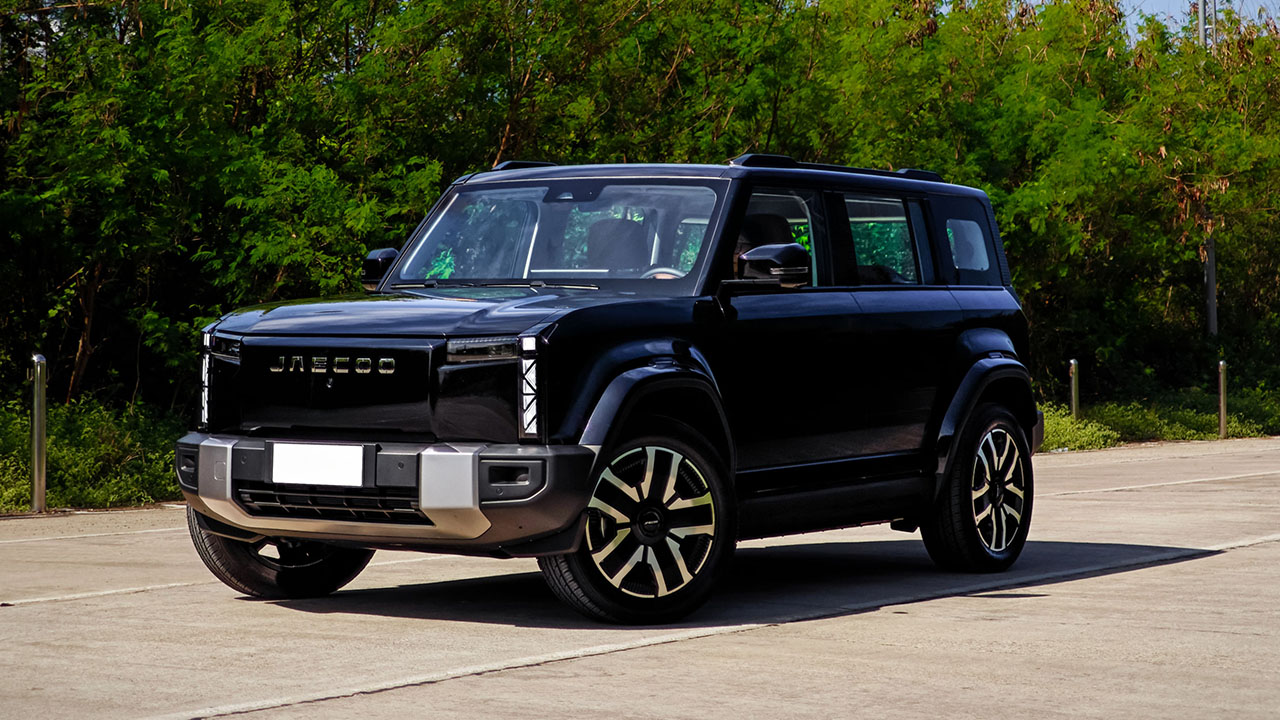
Jaecoo Philippines has officially announced the arrival of the first batch of its fully electric SUV, the EJ6

Xiaomi celebrated the arrival of its new Redmi Note 14 Series in the recent All-Star Playground event

Motolite is taking an extra step towards sustainability by deploying ebikes for battery deliveries
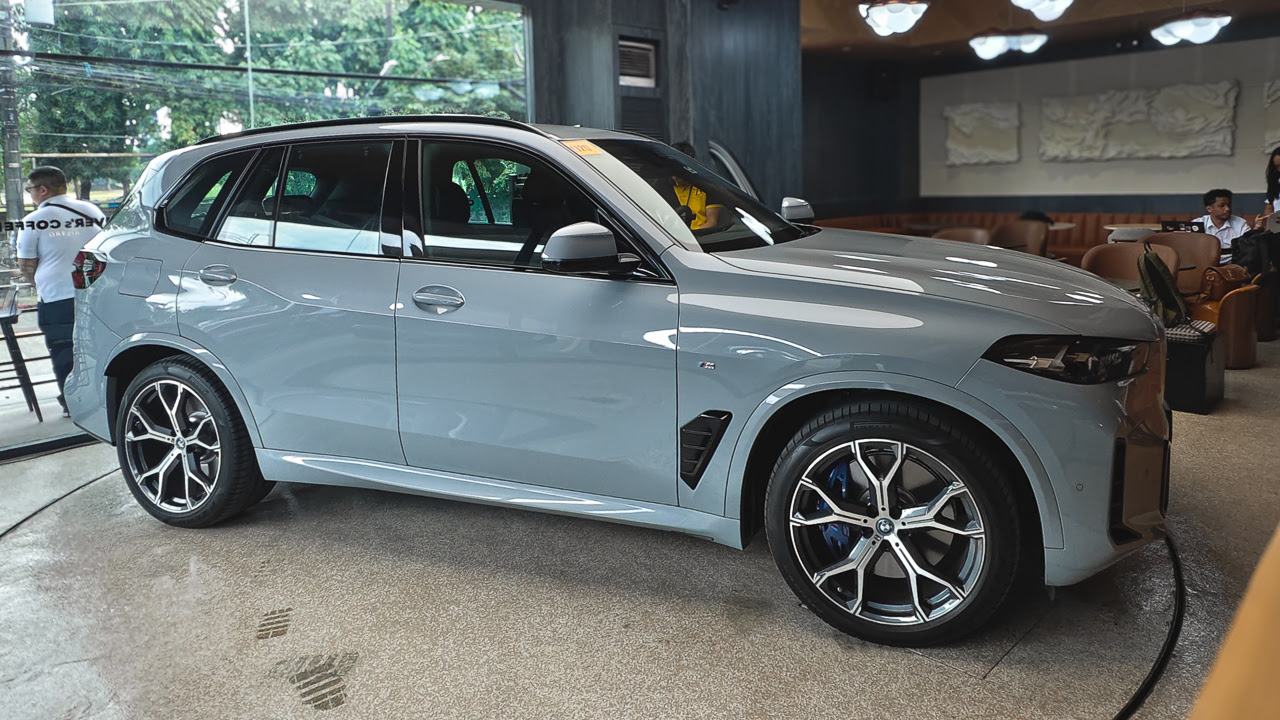
BMW has officially brought its first plug-in hybrid to the Philippine market with the introduction of the X5 xDrive50e.

The HONOR X9c 5G has toughness down to a science -- and it’s record-breaking, too. But what else does it...
